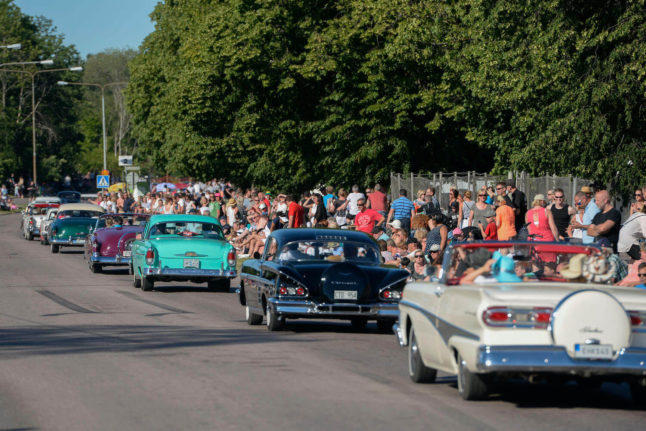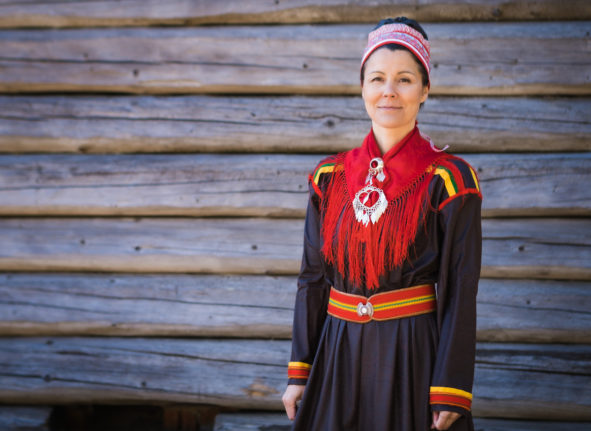Raggare culture is an extremely Swedish phenomenon, existing mainly outside the larger cities. There are some small pockets of raggare in Finland, and in Norway, where they are known as rånare.
Although there are many young people who would identify themselves as raggare, it is by no means a new subculture, having been around in Sweden since at least the end of the Second World War, inspired by American ‘greasers’.
One of the reasons raggare are found mainly in rural Sweden is that raggare culture centres around owning a car. This can be anything from an old American car from the 1950s or 60s, to a vintage Volvo from roughly the same time period.
Younger raggare (who might not have the funds to buy a swanky classic American car) are more likely to be spotted driving an a-tractor, a small cut-off car with an orange warning triangle on the back which is limited to a top speed of 30km/h.

Many of these a-tractors are hand-built or hand-altered from standard cars, meaning that they are often personalised to the owner, with colours, decorations or decals reflecting the owner’s personality.
Another aspect of raggare culture – both among the classic-car raggare and the a-tractor raggare – is listening to American-style rockabilly music (not always in English – one Swedish example popular with raggare is Eddie Meduza, who wrote the unofficial raggare anthem, appropriately titled Raggare).
This music is most often played through a pumped-up car stereo system, like this example of a teenager suspected of stealing a Hesa Fredrik warning signal and hooked it up to the soundsystem in his a-tractor car.
Prejudice towards this subculture is based partly on the fact that locals often get tired of their drinking, allegedly dangerous driving and loud music, and partly on the fact that historically, raggare had questionable morals, loud mouths and often archaic attitudes towards women.

Raggare often attend meets together, usually in the summer, where copious amounts of alcohol are drunk while wearing American-inspired clothing such as jeans, leather vests or denim jackets, pomade in their hair, leather boots and often a large number of Confederate flags.
Former Social Democrat minister for public administration, Ida Karkiainen, who is from Haparanda, a small town with a large raggare population, was in hot water back in 2021 after pictures surfaced of a Confederate flag in her partner’s band practice room which she dismissed, saying she “had no influence” in the band’s choice of decoration.

The Confederate flag, known in Sweden as a sydstatsflagga or “southern state flag”, was the flag used by the pro-slavery southern American states during the American civil war. It is a symbol commonly used in the USA among right-wing extremists and white supremacists.
In Sweden, it is instead generally connected with raggare culture, often used as a nostalgic symbol for the American south – although its racist connotations have been increasingly debated in recent years here, too.



 Please whitelist us to continue reading.
Please whitelist us to continue reading.
Member comments